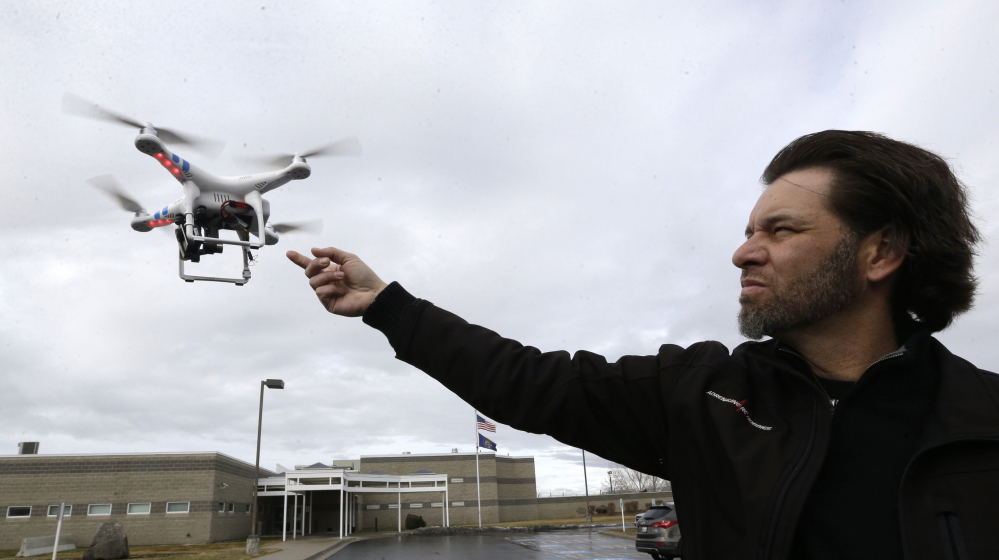WASHINGTON — The Obama administration is on the verge of proposing long-awaited rules for commercial drone operations in U.S. skies, but key decisions on how much access to grant drones are likely to come from Congress next year.
Federal Aviation Administration officials have said they want to release proposed rules before the end of this month, but other government and industry officials say they are likely to be delayed until January.
Meanwhile, except for a small number of companies that have received FAA exemptions, a ban on commercial drone flights remains in place. Even after rules are proposed, it is likely to be two or three years before regulations become final.
That appears to be what some key lawmakers have in mind. “We in Congress are very interested in UAS,” Rep. Bill Shuster, R-Pa., chairman of the House Transportation and Infrastructure Committee, said at a hearing this month, referring to unmanned aerial systems, or drones.
One of the committee’s first priorities next year is writing legislation to reauthorize FAA programs and overhaul aviation policy.
The bill is expected to include directions from lawmakers on how to integrate drones into the nation’s aviation system. The last reauthorization bill, passed in 2012, directed the agency to integrate drones by Sept. 30, 2015, but it’s clear the FAA will miss that deadline.
Congress already is getting pushback from private and commercial pilots who worry about possible collisions. The FAA receives reports nearly every day about drones sighted flying near manned aircraft or airports.
“As a (Boeing) 737 captain, I’ll be damned if myself and 178 other people are taken down by a 12-pound or a 50-pound or a 150-pound piece of metal coming through my windshield,” said Ben Berman at a recent forum hosted by the Air Line Pilots Association. “There are too many near misses occurring every day like this.”
Mark Baker, president of the Aircraft Owners and Pilots Association, which represents private pilots, said online videos show that “operators are flying near airports, in the clouds and in congested airspace.” He called such actions “reckless” and said they will inevitably lead to a collision.
FAA regulations permit recreational users to fly small drones as long as they stay at least 5 miles away from an airport, limit flights to less than 400 feet in altitude, keep the aircraft in line of sight and fly only during the daytime.
Last week, drone industry trade groups teamed up with the FAA and model aircraft hobbyists to launch a safety campaign aimed at amateur drone operations.
Retailers say small drones, which are indistinguishable from today’s more sophisticated model aircraft, were popular gifts this Christmas.
Copy the Story LinkSend questions/comments to the editors.



Success. Please wait for the page to reload. If the page does not reload within 5 seconds, please refresh the page.
Enter your email and password to access comments.
Hi, to comment on stories you must . This profile is in addition to your subscription and website login.
Already have a commenting profile? .
Invalid username/password.
Please check your email to confirm and complete your registration.
Only subscribers are eligible to post comments. Please subscribe or login first for digital access. Here’s why.
Use the form below to reset your password. When you've submitted your account email, we will send an email with a reset code.